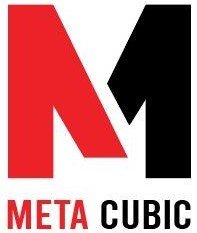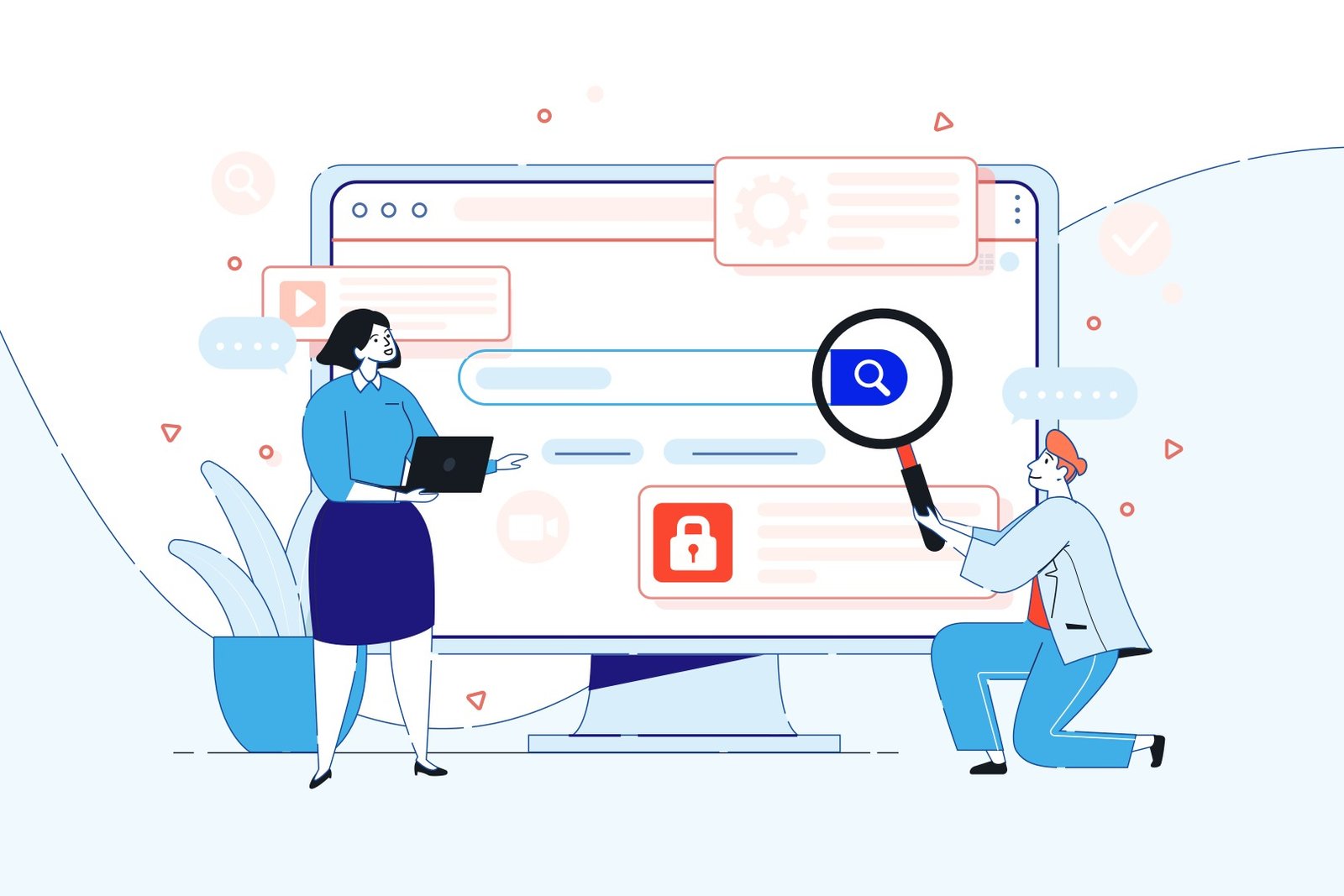Best Practices for Secure Web Application Development
In today’s digital landscape, web applications play a crucial role in various industries. However, with the increasing dependence on web applications, it becomes essential to prioritize their security during the development process. Failure to implement proper security measures can lead to vulnerabilities that malicious actors can exploit, potentially resulting in data breaches, unauthorized access, or other security incidents. To mitigate these risks, developers must follow best practices for secure web application development.
Introduction
In this article, we will discuss the best practices that developers should follow to ensure secure web application development. By implementing these practices, developers can enhance the overall security posture of their applications, safeguard user data, and protect against common web application security threats.
Importance of Secure Web Application Development
Developing secure web applications is of paramount importance to protect sensitive data, maintain user trust, and comply with legal and regulatory requirements. Neglecting security during the development phase can have severe consequences, including financial loss, reputational damage, and legal liabilities. By adopting best practices for secure web application development, developers can mitigate risks and create a robust foundation for their applications.
User Data Protection:
- Secure web application development ensures the protection of sensitive user data, such as personal information, financial details, and login credentials.
- It helps prevent unauthorized access, data breaches, identity theft, and other cybercrimes that can result in severe consequences for both users and businesses.
Maintaining User Trust:
- A secure web application fosters user trust and confidence, as it demonstrates a commitment to safeguarding their information.
- Users are more likely to engage with and rely on an application that has robust security measures in place, leading to increased user satisfaction and loyalty.
Compliance with Regulations:
- Secure web application development is essential for ensuring compliance with various data protection regulations, such as the General Data Protection Regulation (GDPR) or the California Consumer Privacy Act (CCPA).
- Failure to comply with these regulations can result in legal penalties, reputational damage, and loss of business opportunities.
Prevention of Malicious Attacks:
- Secure development practices help protect web applications from various types of malicious attacks, including cross-site scripting (XSS), SQL injection, cross-site request forgery (CSRF), and others.
- Implementing security measures reduces the risk of these attacks, mitigating potential damages to the application and its users.
Business Continuity:
- A secure web application minimizes the risk of service disruptions, downtime, or data loss caused by security breaches.
- By prioritizing security, organizations can ensure the continuity of their business operations, avoid financial losses, and maintain a positive reputation in the market.
Reduced Development and Maintenance Costs:
- Integrating security measures during the development phase helps identify and fix vulnerabilities early on, reducing the cost of addressing security issues at later stages.
- Regular security updates and maintenance also ensure ongoing protection, saving resources that would otherwise be required for addressing security incidents or breaches.
Understanding Common Web Application Security Threats
Before diving into the best practices, it is crucial to understand the common web application security threats that developers face. By having this knowledge, developers can proactively address these threats during the development process. Some common web application security threats include.
Cross-Site Scripting (XSS):
- XSS occurs when malicious scripts are injected into web pages viewed by users.
- Attackers exploit vulnerabilities in input validation to execute unauthorized scripts, potentially leading to session hijacking, data theft, or defacement.
- Prevention measures include input validation, output encoding, and utilizing security libraries or frameworks.
SQL Injection:
- SQL injection involves inserting malicious SQL code into an application’s database query.
- Attackers can manipulate or extract data, modify database content, or even execute arbitrary commands.
- To prevent SQL injection, developers should use parameterized queries or prepared statements, input validation, and limit database privileges.
Cross-Site Request Forgery (CSRF):
- CSRF occurs when an attacker tricks a user into performing unwanted actions on a web application.
- By exploiting the trust between a user and a web application, attackers can perform actions on behalf of the user without their consent.
- Implementing measures like CSRF tokens, validating referrer headers, and requiring user confirmation for critical actions can help mitigate this threat.
Unvalidated Redirects and Forwards:
- Unvalidated redirects and forwards happen when a web application redirects or forwards a user to a different URL without proper validation.
- Attackers can exploit this vulnerability to redirect users to malicious websites, trick them into revealing sensitive information, or perform phishing attacks.
- Developers should validate and sanitize redirect URLs, use whitelist-based URL validation, and avoid using user-supplied input in redirect operations.
Session Hijacking and Session Fixation:
- Session hijacking occurs when an attacker gains unauthorized access to a user’s session.
- Attackers can intercept session IDs, impersonate users, and perform actions on their behalf.
- Developers can mitigate this threat by using secure session management practices, employing session tokens, and implementing secure communication protocols like HTTPS.
Clickjacking
Clickjacking, also known as UI redressing, is a technique that tricks users into clicking on hidden or disguised elements on a webpage, potentially leading to unintended actions. Developers can mitigate clickjacking by implementing frame-busting scripts, X-Frame-Options headers, or Content Security Policy (CSP) directives.
- Clickjacking involves embedding malicious content or elements within a web page that is overlaid or hidden from the user’s view.
- The attacker uses techniques like iframes, CSS opacity, or position to make the malicious elements transparent, invisible, or disguised as legitimate content.
- When a user interacts with visible content, they unwittingly interact with hidden malicious elements.
- The hidden elements can be used to trick users into performing actions such as clicking on buttons, submitting forms, or granting permissions, often leading to unintended consequences or security breaches.
- Clickjacking attacks can be used for various purposes, including stealing sensitive information, spreading malware, performing unauthorized transactions, or manipulating user interactions.
- Countermeasures for clickjacking include the implementation of X-Frame-Options, Content Security Policy (CSP), and the Frame-Busting technique.
- X-Frame-Options is an HTTP header that allows website owners to specify whether their web pages can be embedded in iframes on other domains. Setting X-Frame-Options to “DENY” or “SAMEORIGIN” can mitigate clickjacking risks.
- Content Security Policy (CSP) is another HTTP header that enables developers to define and enforce the allowed sources of content on a web page. Implementing CSP with appropriate directives can prevent clickjacking attacks.
- The Frame-Busting technique involves using JavaScript code to prevent a web page from being loaded within an iframe, thereby breaking out potential clickjacking attempts.
- Regular security testing and vulnerability assessments can help identify and address clickjacking vulnerabilities in web applications.
- User education and awareness play a crucial role in combating clickjacking. Users should be cautious when interacting with unfamiliar or suspicious websites and should not blindly click on buttons or perform actions without verifying the legitimacy of the website.
Secure Authentication and Authorization
Authentication and authorization are critical aspects of web application security. Developers should implement secure authentication mechanisms, such as strong password policies, multi-factor authentication (MFA), and secure session management. Authorization mechanisms should enforce fine-grained access controls to ensure that only authorized users can access specific resources.
Conducting Regular Security Audits and Penetration Testing

Regular security audits and penetration testing are essential to identify and address vulnerabilities in web applications. By engaging in proactive testing, developers can identify potential security flaws and remediate them before they are exploited by attackers.
Security Audits:
- Security audits involve comprehensive assessments of the web application’s security posture, policies, and implementation against industry standards, best practices, and regulatory requirements.
- Audits help identify weaknesses, vulnerabilities, and potential gaps in security controls and configurations.
- The process typically includes a review of security policies and procedures, access controls, authentication mechanisms, data encryption, error handling, and input/output validation.
- Security audits may also examine network architecture, system configurations, patch management practices, and the overall security awareness of the development team.
- Regular security audits provide an opportunity to validate compliance with relevant regulations, such as the GDPR, HIPAA, or PCI DSS.
Penetration Testing:
- Penetration testing, also known as ethical hacking, involves simulated attacks on a web application to identify vulnerabilities and exploit them in a controlled environment.
- Penetration testing aims to discover vulnerabilities that may not be apparent through other security measures, such as code reviews or static analysis.
- Skilled security professionals use various techniques, tools, and methodologies to mimic real-world attack scenarios and assess the effectiveness of security controls.
- The process typically includes vulnerability scanning, manual testing, and exploitation of identified vulnerabilities to determine their impact.
Conclusion
Secure web application development is crucial for protecting sensitive data, maintaining user trust, and preventing security incidents. By implementing the best practices discussed in this article, developers can significantly enhance the security posture of their web applications. It is essential to prioritize security from the early stages of development and continuously update and patch applications to stay ahead of emerging threats.





